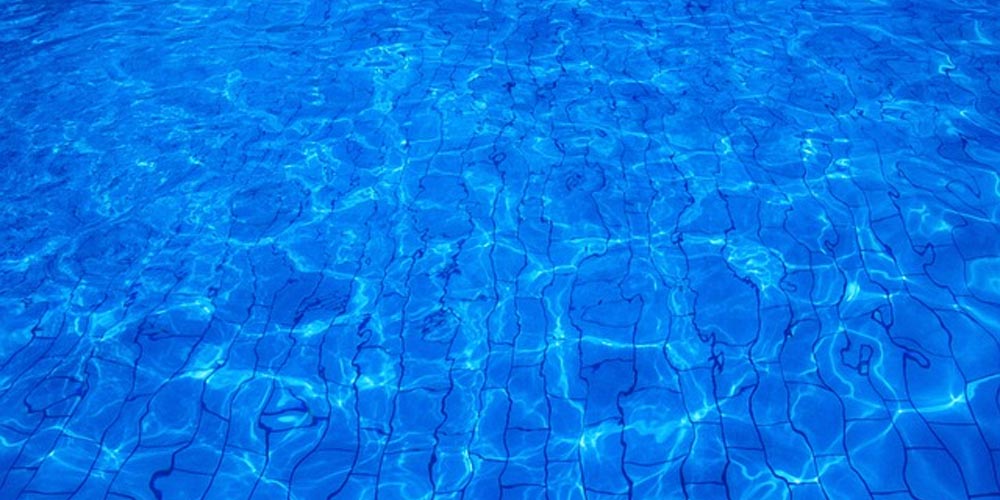Managing a pool entails numerous challenges, and one of the primary concerns for pool owners, alongside cost considerations, revolves around maintaining proper chemical balance. Achieving and sustaining this balance is no easy feat, but with regular testing and a comprehensive understanding of each chemical’s function, it becomes a more manageable task.
Cyanuric acid (CYA), often recognized as a critical pool chemical, serves as a fundamental component referred to as the “pool stabilizer” or “pool conditioner”. Available in powder or granular forms, CYA is
The necessity of CYA in pool maintenance cannot be overstated. One of its primary functions is to shield chlorine from the detrimental effects of sunlight degradation. UV rays can rapidly degrade chlorine, with up to 90% breakdown occurring within just 2 hours of exposure. Given chlorine’s indispensable role in maintaining pool hygiene, safeguarding it from UV degradation is imperative for ensuring a clean and safe swimming environment.
At a molecular level, CYA operates by forming weak nitrogen-chlorine bonds with free chlorine. This bond effectively shields chlorine from sunlight degradation while allowing it to be released as needed to combat harmful bacteria and pathogens lurking in the pool water.
Before the advent of CYA in 1956, maintaining consistent chlorine levels in pools was a labor-intensive and costly endeavor. However, the introduction of CYA revolutionized this process by stabilizing chlorine levels and reducing the frequency of chlorine additions, resulting in significant cost savings for pool owners.
Determining the appropriate CYA level for your pool is crucial for optimal pool maintenance. While recommendations may vary, maintaining CYA levels at or below 100 parts per million (ppm) is generally advisable. Elevated CYA levels above 100 ppm may not offer additional UV protection and can potentially impede chlorine’s efficacy in combating pathogens. You can estimate the current cyanuric acid concentration through the initial cyanuric acid concentration and dosage, and use test strips and instruments to test if necessary.
If CYA levels exceed the recommended threshold, corrective measures such as dilution through splashout, evaporation, or partial water replacement may be necessary to restore chemical balance and optimize pool water quality.
In conclusion, the role of cyanuric acid in pool maintenance cannot be overstated. By shielding chlorine from sunlight degradation and stabilizing chlorine levels, CYA plays a pivotal role in ensuring a clean, safe, and enjoyable swimming experience for pool enthusiasts. With proper understanding, monitoring, and management of CYA levels, pool owners can effectively maintain chemical balance and preserve the integrity of their pool water.
Post time: May-09-2024


